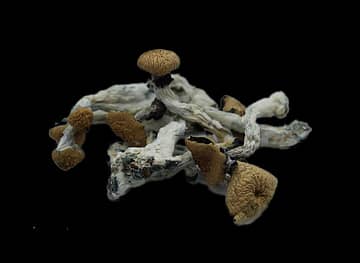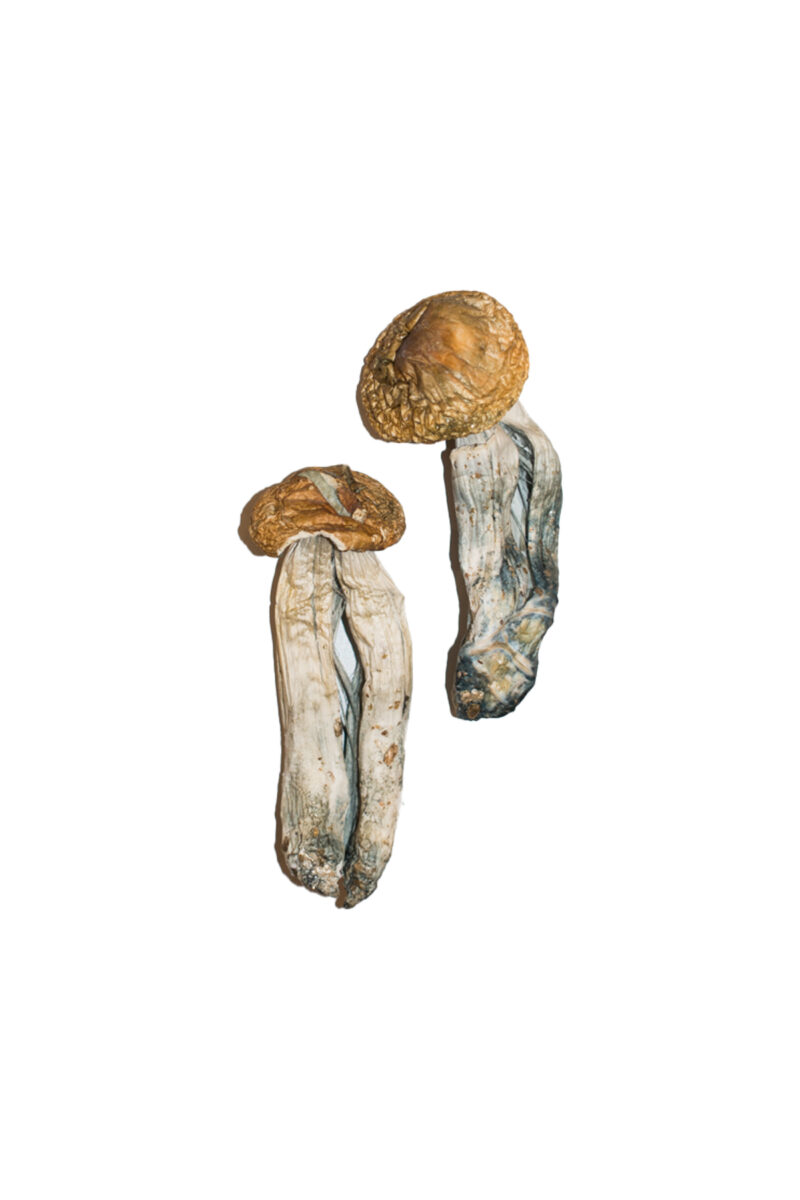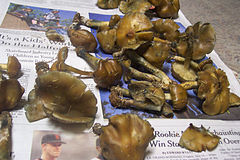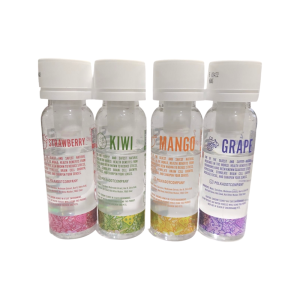Description
What is Amanita Muscaria?
The A. muscaria mushroom belongs to the basidiomycete division of fungi, one of two divisions that create the Dikarya subkingdom, commonly referred to as the “higher fungi.” This subkingdom of fungi forcibly dischargesballistospores into the air from their sterigma to reproduce. Most of them reproduce sexually through their ballistospores, but a smaller number reproduce asexually using this same method. The A. muscaria reproduces both sexually and asexually, depending on whether or not the spores come into contact with the spores of another mating type. It has a distinguished appearance with a bright red cap, white stem, and white-to-yellow warts covering the cap.
A. muscaria contains the psychoactive compounds ibotenic acid and muscimol, and is classified as poisonous. Despite this, people throughout the world eat this mushroom. Siberian shamans may have been using it since as early as the stone age. The mushroom loses its poisonous compounds when properly cooked. Essentially, parboiling the mushroom twice weakens the mushroom’s toxicity and activates the psychoactive compounds.
Different names for Amanita Muscaria
Common names for the Amanita muscaria mushroom include:
- Fly agaric
- Fly amanita
- Muscaria
- Muhara
- Devil’s Hat
The names fly agaric and fly amanita refer to the traditional use of the mushroom as an insecticide. Somehypothesize the mushroom draws insects toward it from the compound 1,3-diolein that has intoxicating properties. Another possible derivation of the term fly agaric stems from the medieval belief that insects entering one’s head can cause mental illness. This relates to the psychoactive properties of the mushroom that during medieval times would be considered a form of madness.
Common Ways to Use Amanita Muscaria
The safe consumption of A. muscaria involves drying the mushroom out then either ingesting them or smoking them. The drying process slightly varies depending on whether the intention is to ingest the mushroom or smoke it.
Ingesting Amanita Muscaria
Once you have a batch of fresh Amanita muscaria mushrooms, they must be dried to ensure poisonous compounds degrade prior to eating them. To safely dry out these mushrooms, place them on a newspaper or cloth then store them in a dark and dry environment. This process typically takes several weeks. To speed the drying process up, you can chop them into small pieces or heat them in an oven at no more than 75 degrees Celsius.
After completion of the drying process, the mushrooms are safe to eat. They can be consumed as is, baked into any type of food, or even made into a tea. To make them into a tea simply grind them into small pieces or a powder then place them in boiling water. This extracts the psychoactive compounds from the mushroom and into the water.
Smoking Amanita Muscaria
To dry A. muscaria mushrooms with the intention of smoking them, you must first peel the red skin and orange goo from the gills. Once the skin has been removed, place it on a pan with the red skin facing upwards. Place them in an oven at slightly under 75 degrees Celsius, checking frequently. When air bubbles form simply press them down with a fork or knife to ensure the entire piece dries thoroughly. Once the pieces are dried, you can grind them in a typical herb grinder and smoke them through a pipe or in a cigarette.
History & Traditional Uses
The first discovery of ancient people using the A. muscaria mushroom occurred in the early 19th century when Russian travelers began exploring eastern Siberia. In this area, shamans and the people used the mushroom together. The shaman consumed the mushroom then the tribesmen drank his urine to also ingest the psychoactive compounds. Some believe this process of drinking the urine of someone who just consumed the mushroom effectively filtered out the compounds that produced adverse effects such as sweating and twitching. Unlike eastern Siberia, western Siberian tribes only allowed the shamans to consume the A. muscaria mushroom as a way to produce a trance-like state.
Commonly Reported Effects of Amanita Muscaria
While the effects of consuming the A. muscaria mushroom typically lasts between 6 and 8 hours, the duration and effects vary drastically. These huge variances in duration and effects are caused by the differences in potency between individual mushrooms. This also makes determining an appropriate dose extremely difficult. However, in general, effects include:
- Euphoria
- Pain relief
- The production of a vivid dream state similar to lucid dreaming
- Strong and varied internal dialogue
- Synesthesia
- Clarity of thought
- Heightened internal focus
- Lack of external focus
- Difficulty socializing
- Increased or decreased levels of sexuality depending on the person
- Sedation or highly energetic depending on the person
- Altered perception of the body
- Blurred vision
- Watery eyes
- Running nose
- Loss of balance
- Pupil dilation
- Nausea and discomfort of the stomach
- Muscle twitches and trembles
- Salivation
- Perspiration
- At high doses, strong dissociation including delirium
Safety Precautions
As with all mushrooms, misidentification of the mushroom poses a risk, although the unique appearance of the A. muscaria reduces this. Another risk involves the improper preparation of the mushroom leaving leftover toxins, most notably ibotenic acid. This risk is minimal, however, with the North American Mycological Association going as far as stating there are “no reliably documented cases of death from toxins in these mushrooms in the past 100 years.” The other risk comes from the huge variances in potency found between individual mushrooms, particularly when picked during different seasons or in different geographic locations.










Reviews
There are no reviews yet.